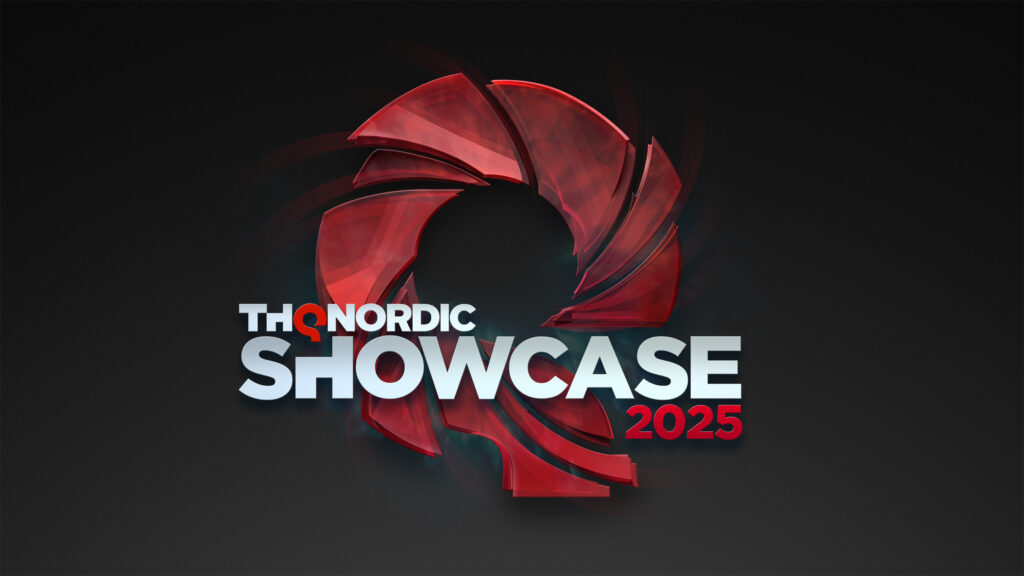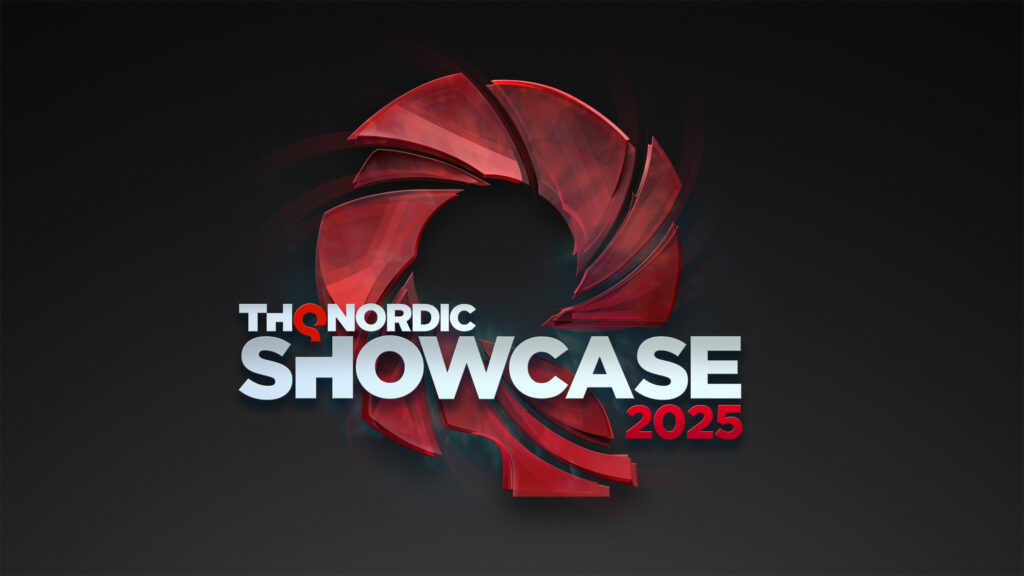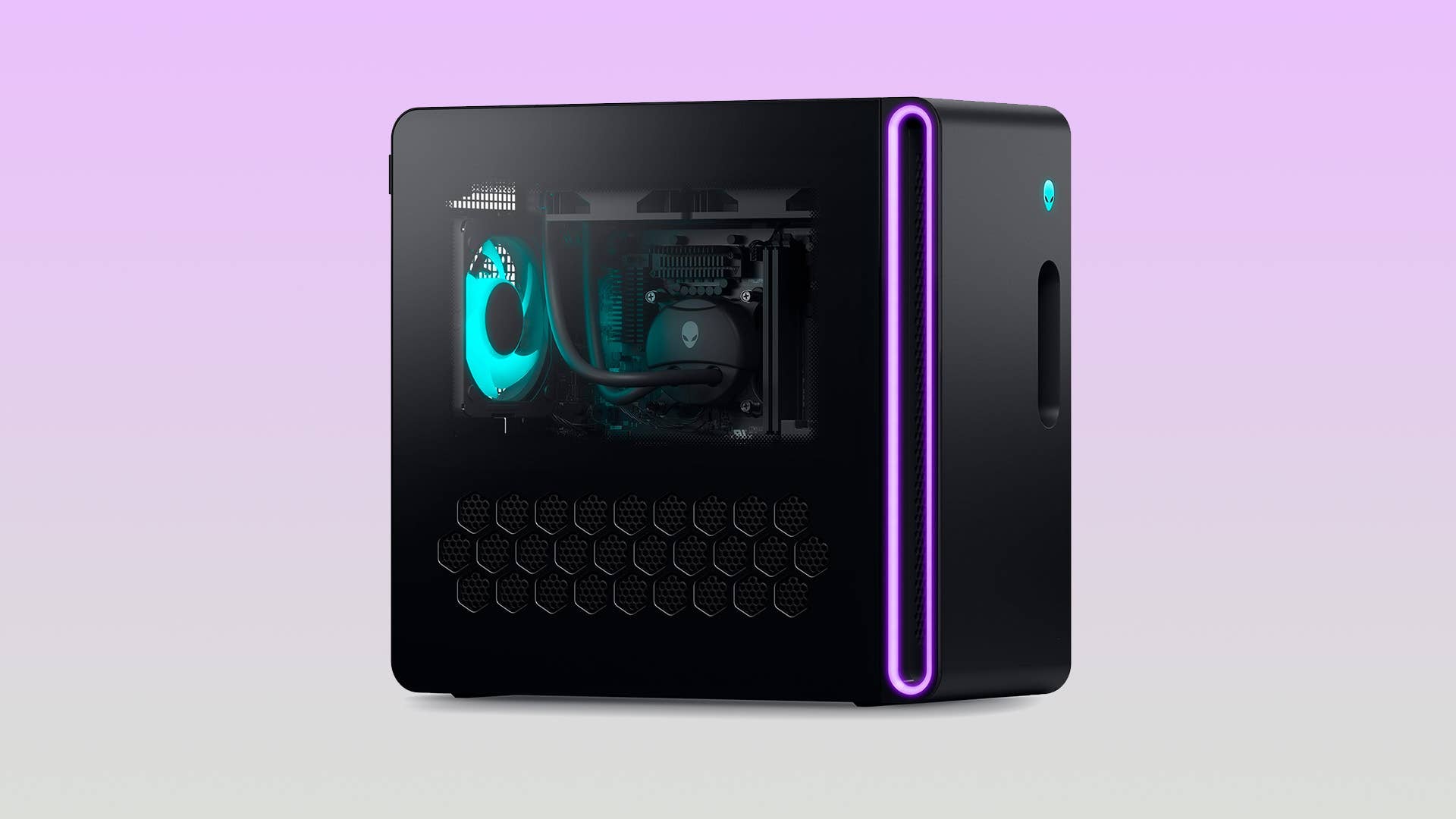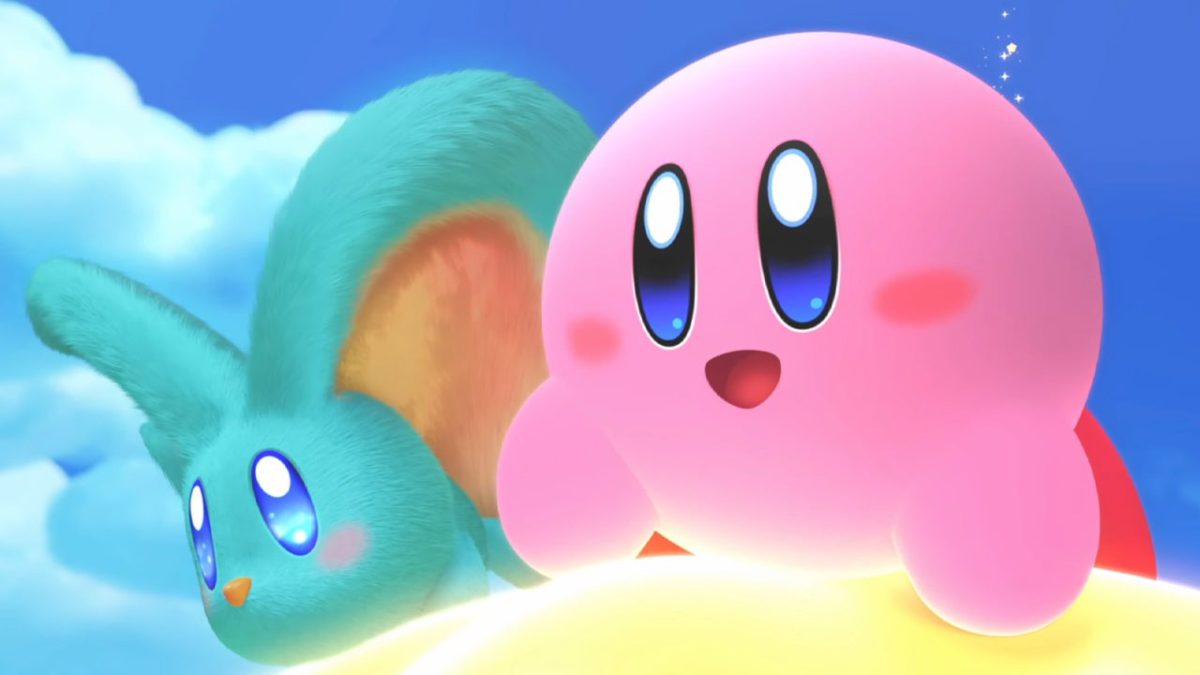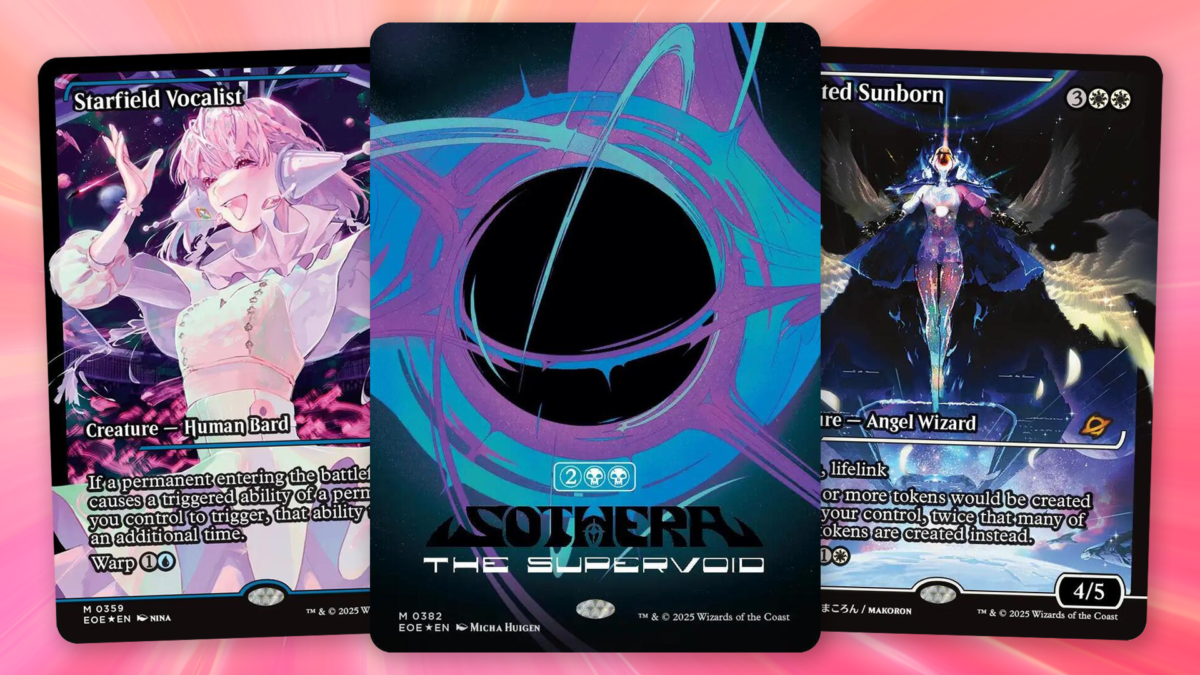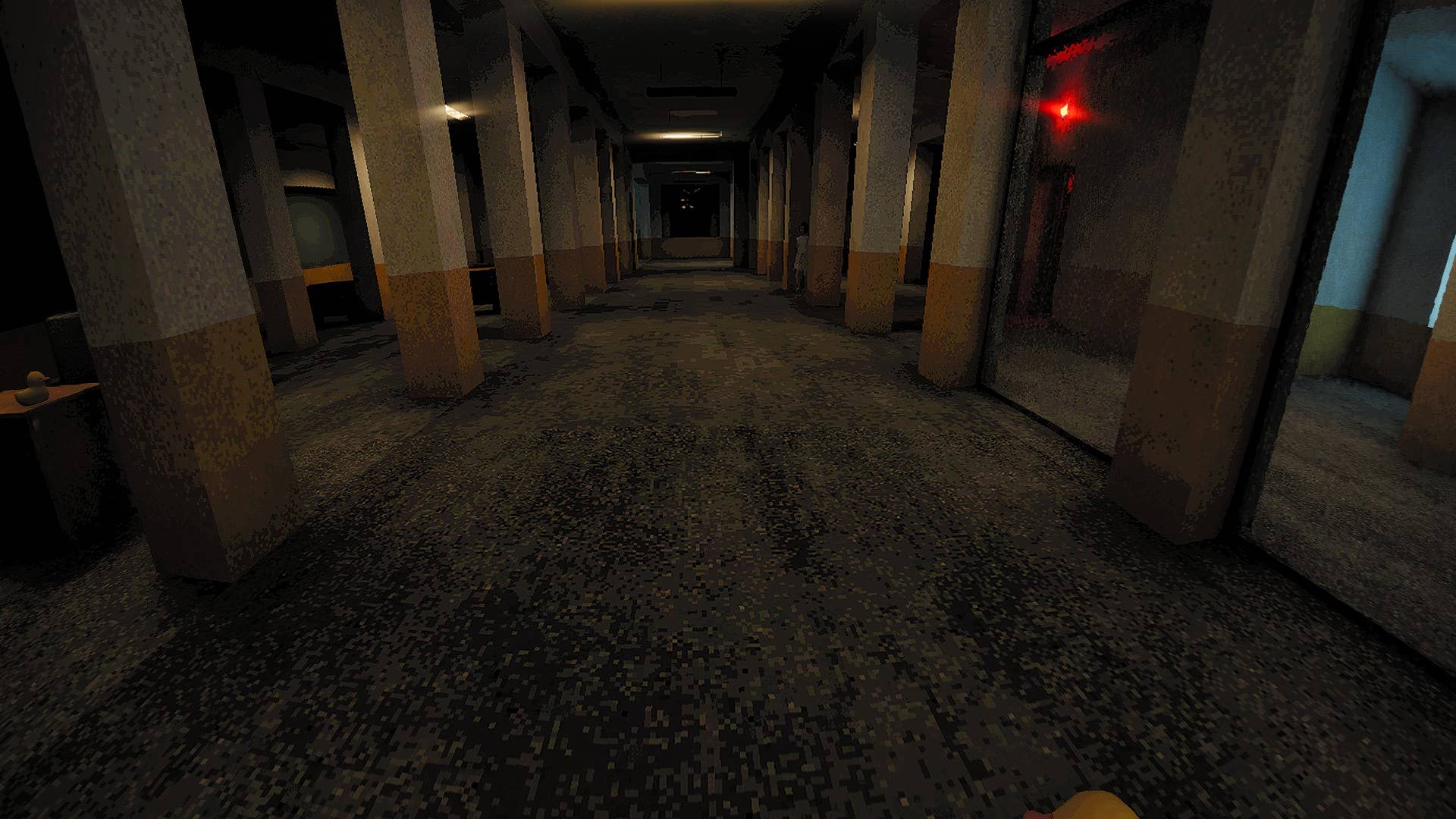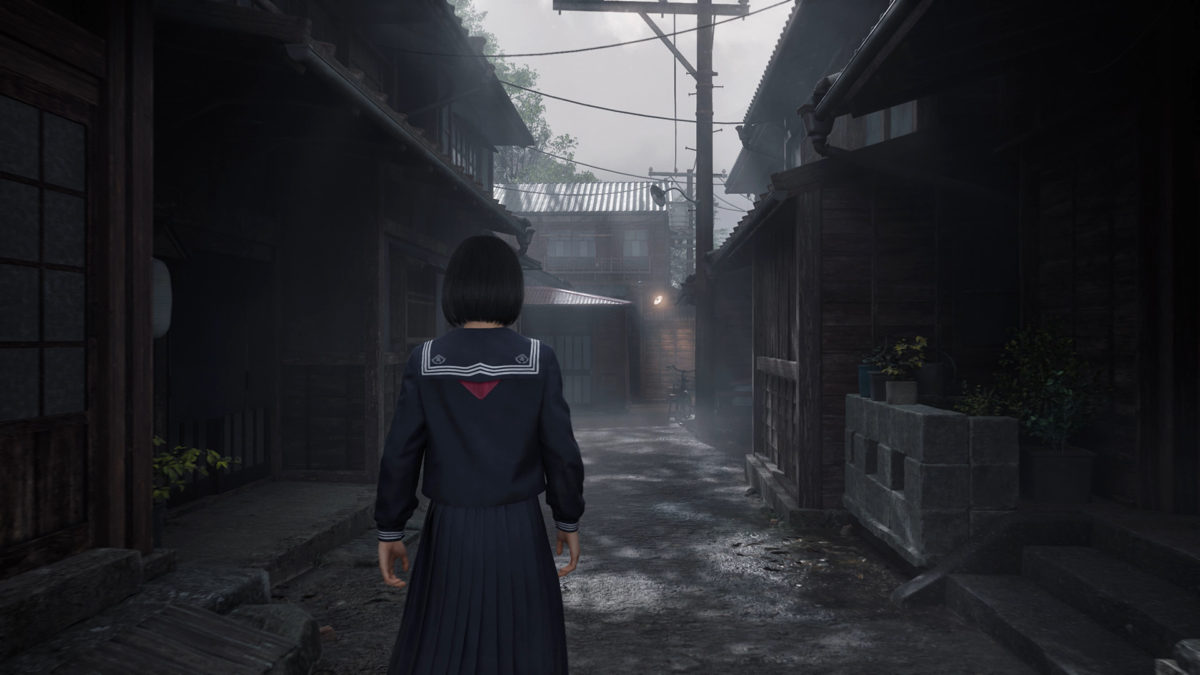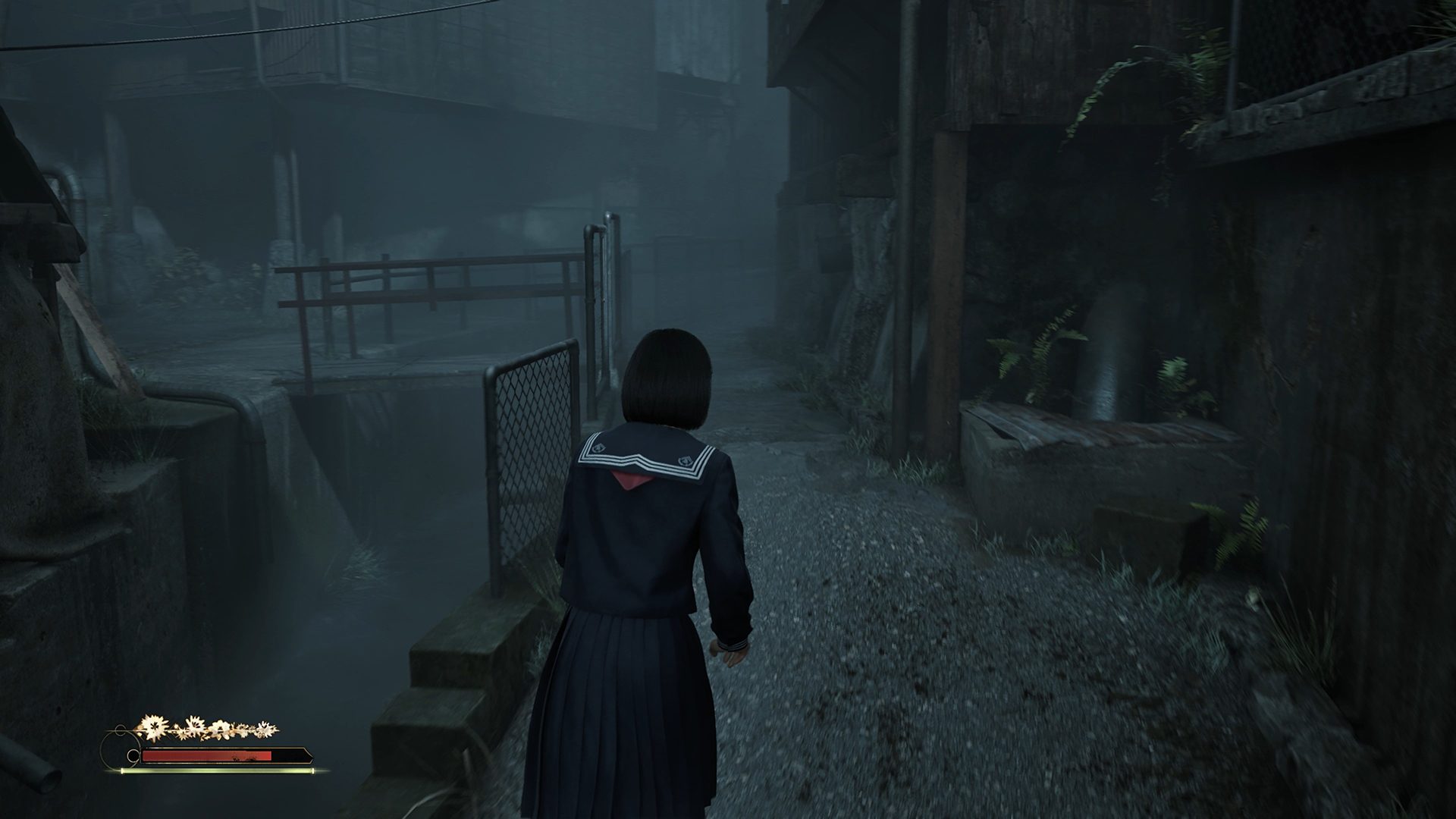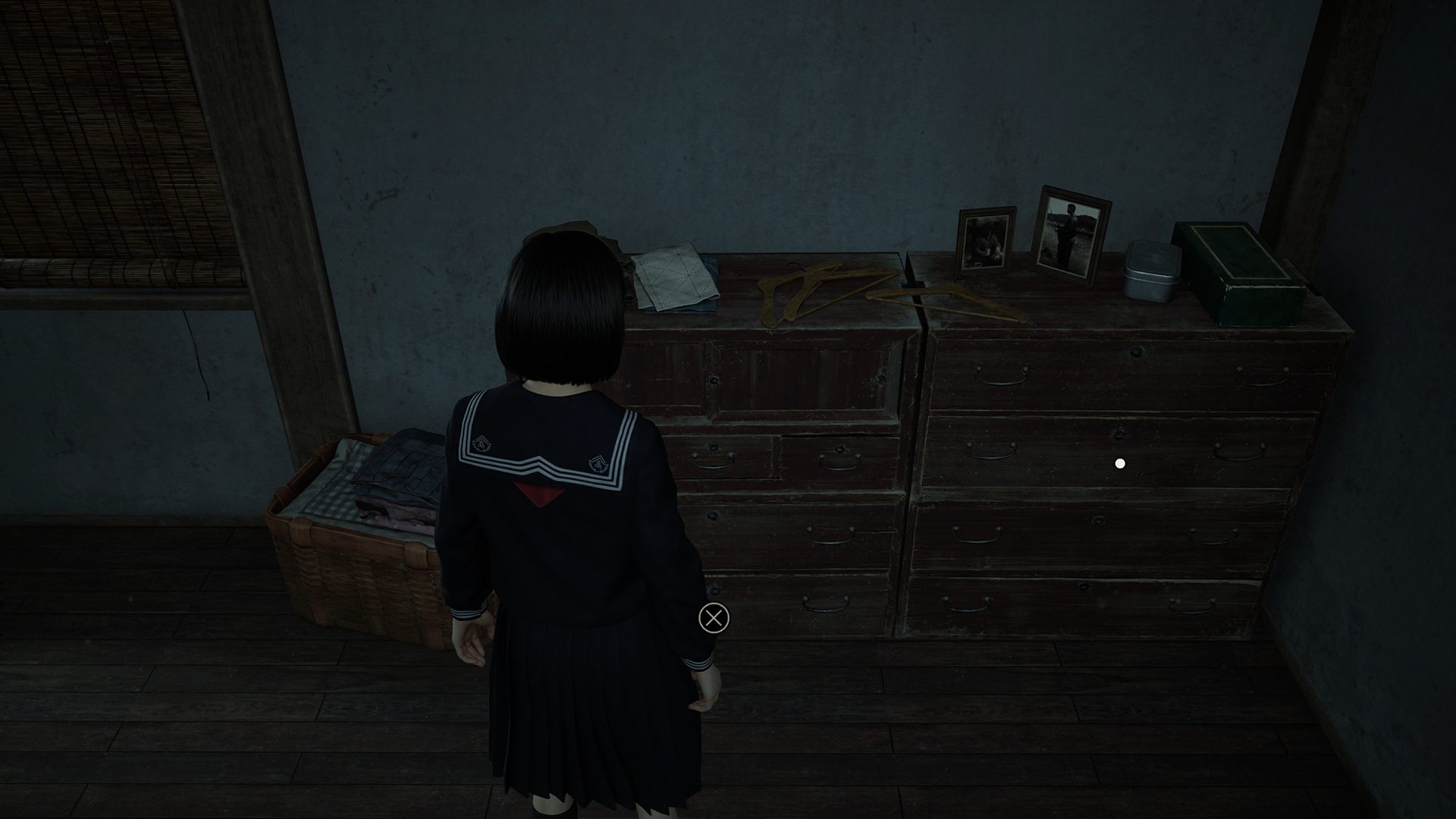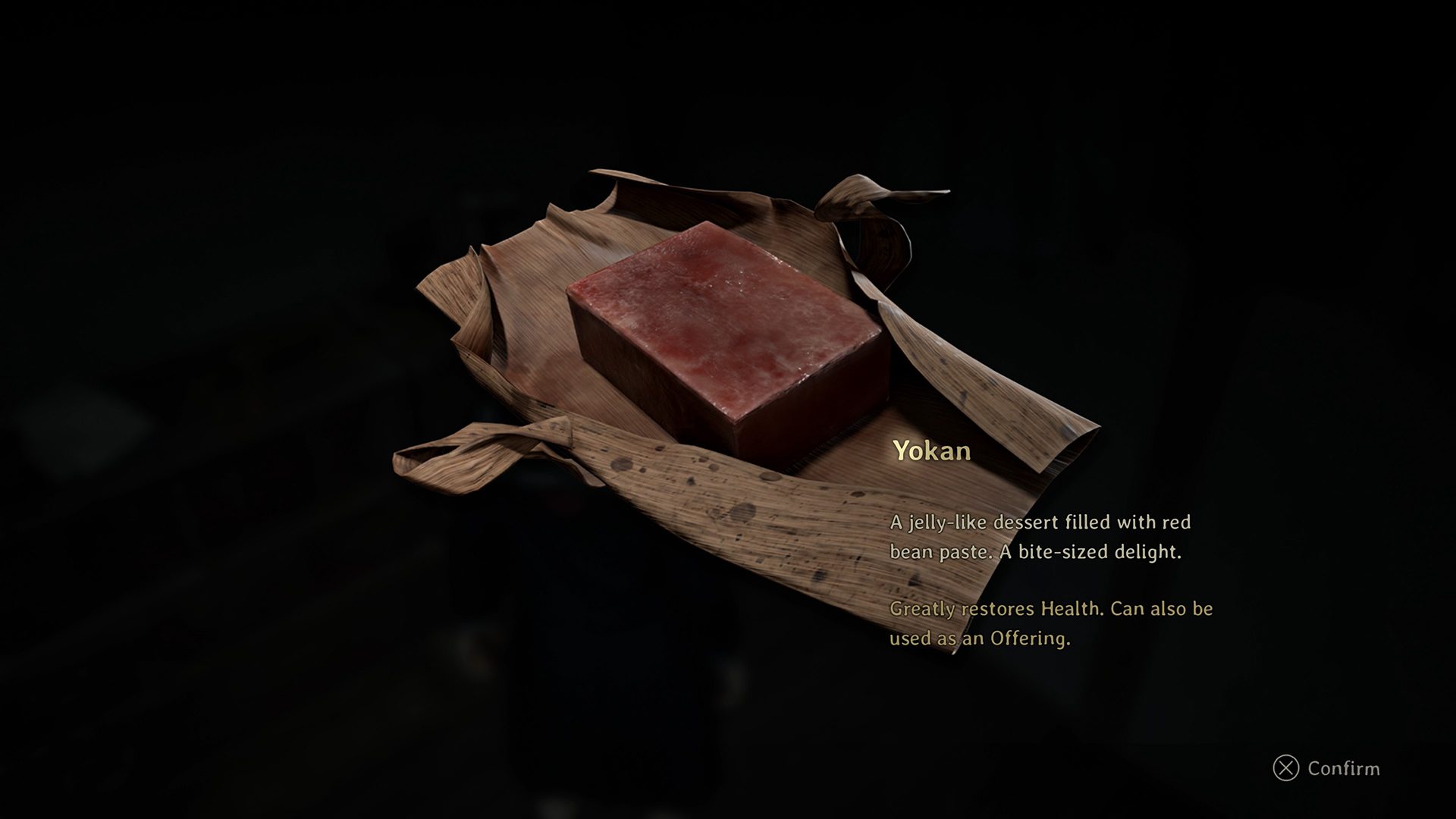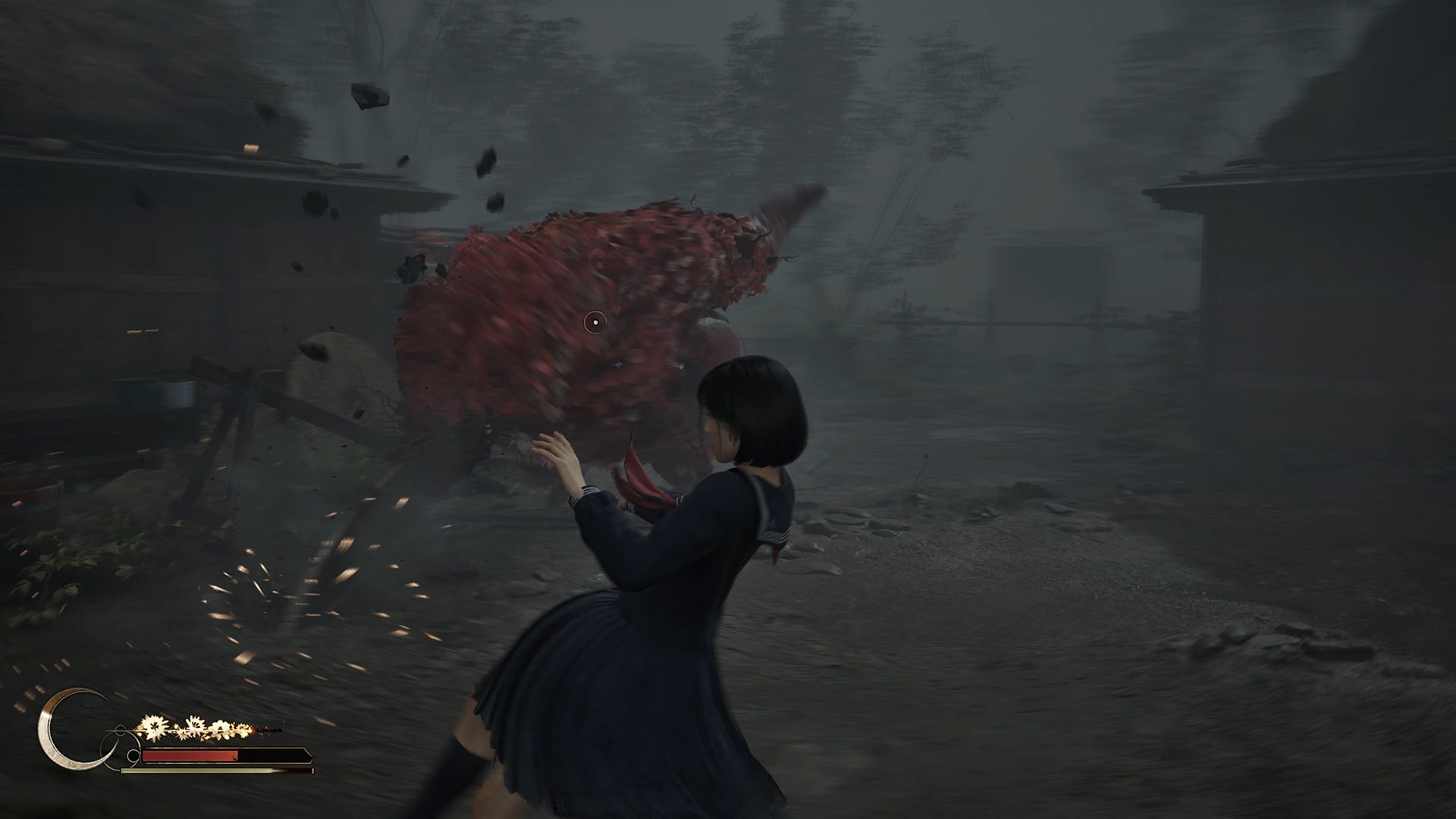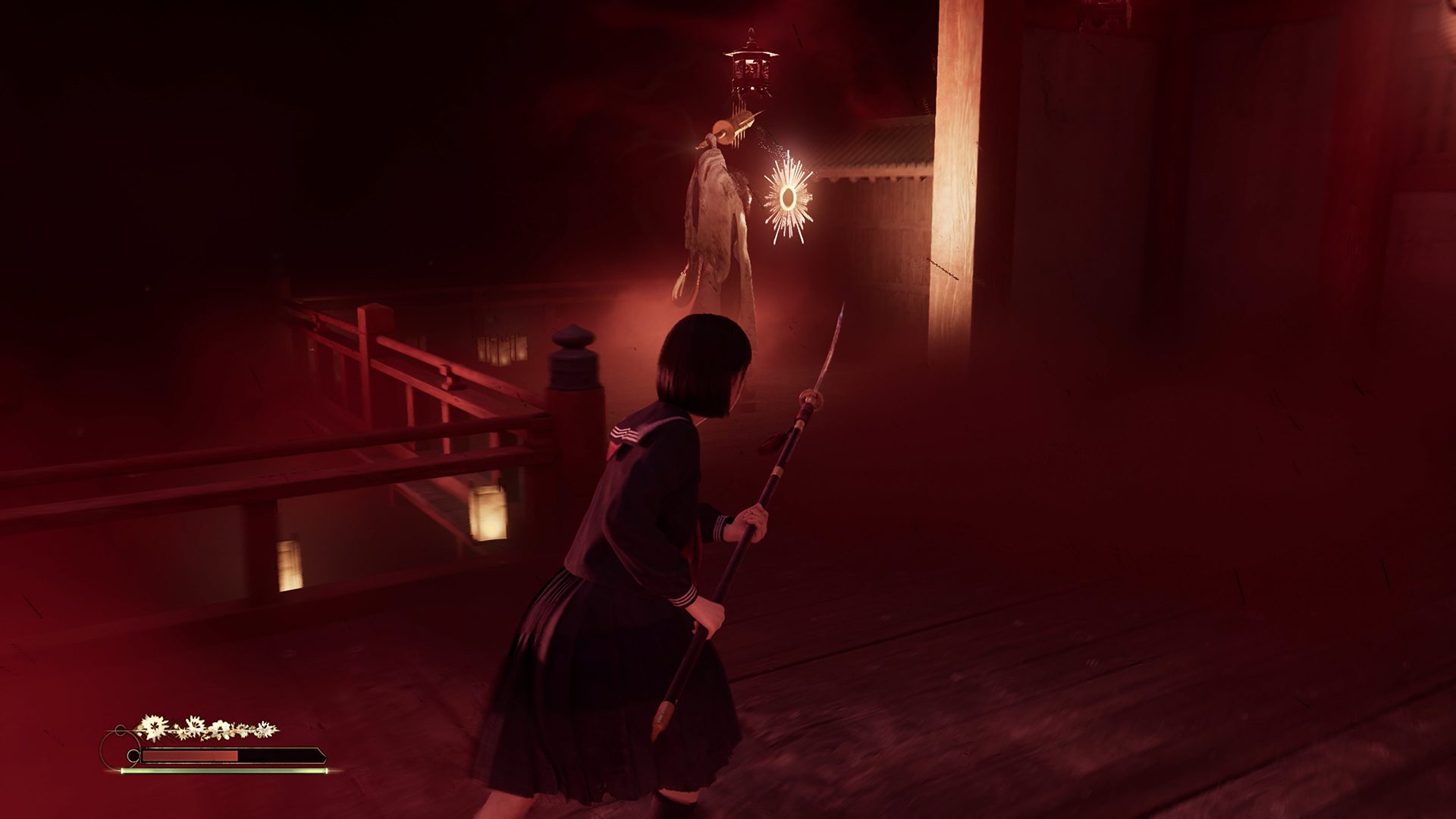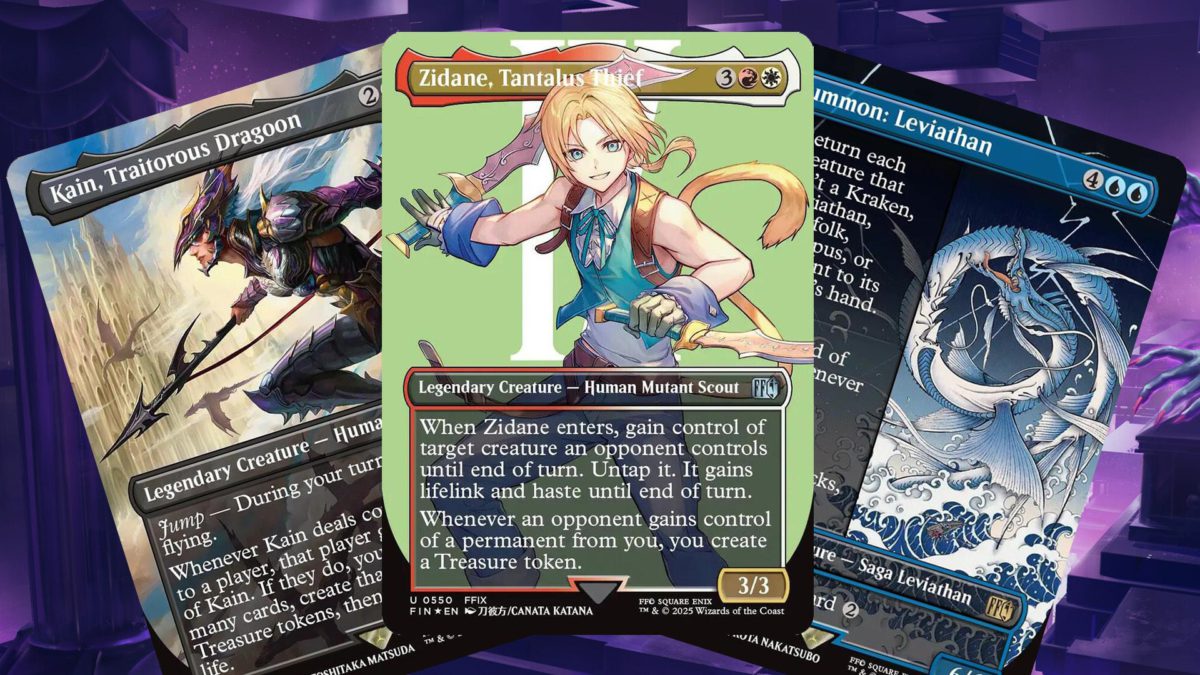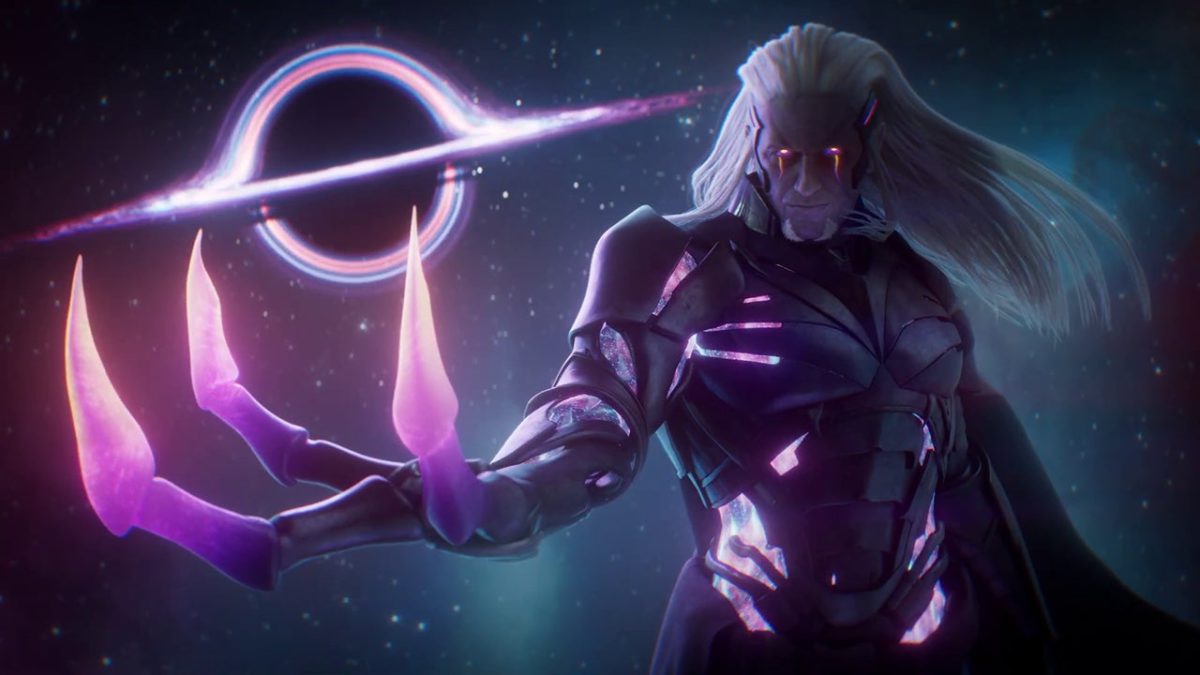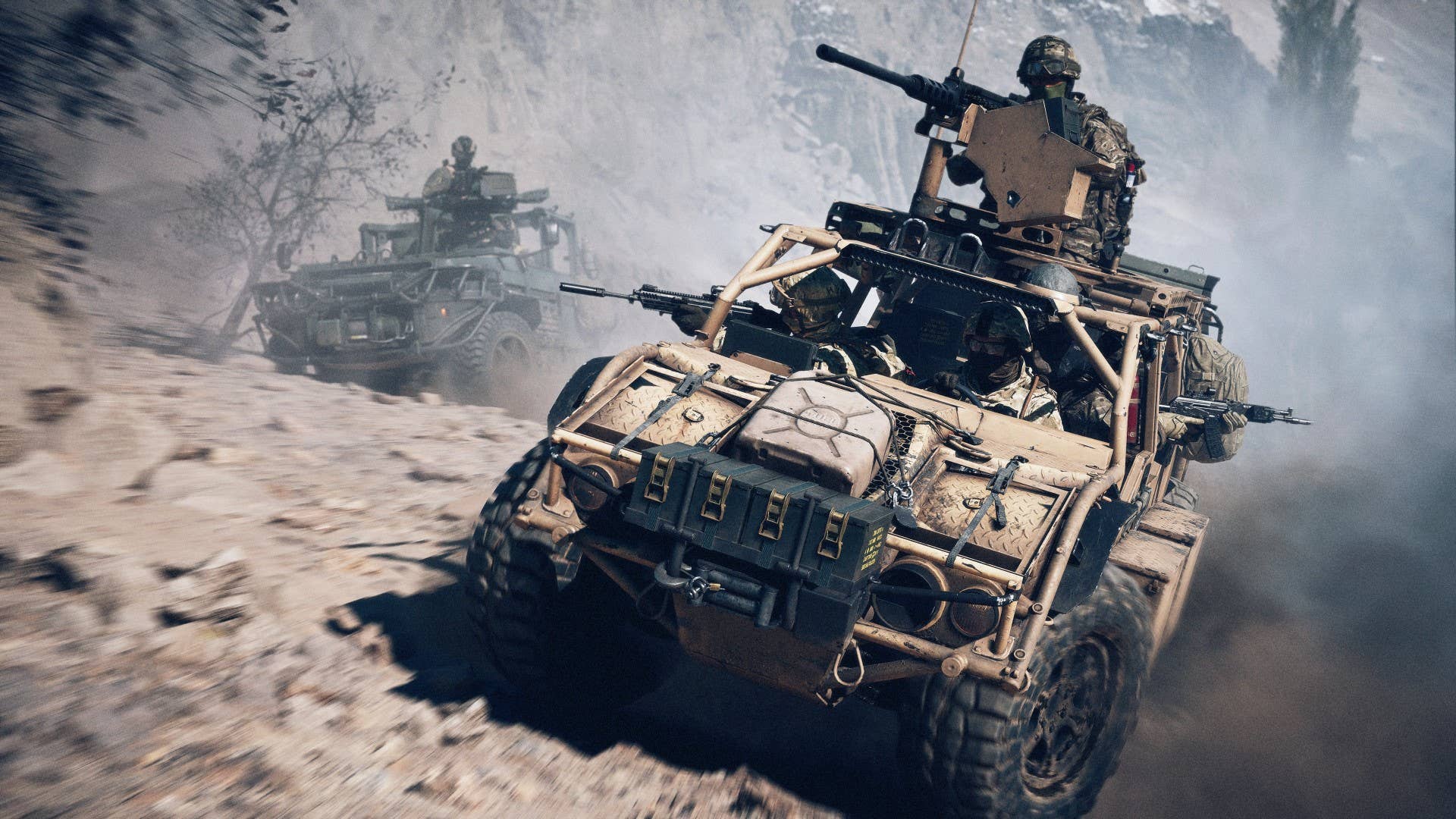Today at the annual THQ Nordic Digital Showcase Event, we gave gamers fresh looks at gameplay for several upcoming titles, including Reanimal, Tides of Tomorrow, The Eternal Life of Goldman, and much more. We also unveiled a new demo for Gothic 1 Remake, which Xbox players can jump into from today!
Let’s take a look at a recap of the event, including all of the major news and reveals making their way to Xbox.
SpongeBob SquarePants: Titans of the Tide Pre-Order Live Today

The pre-order program is now live for SpongeBob SquarePants: Titans of the Tide! Confirmed for release on Xbox Series X|S on November 18 of this year, this all-new adventure through Bikini Bottom allows players to play as both Patrick and SpongeBob to the song-stylings of the one and only David Hasselhoff. The ability to switch from SpongeBob to Patrick and back again has been a long-time request from SpongeBob fans.
Pre-order today to receive the Natural Costume Pack DLC as a bonus. Check out the Ghostly Digital Edition and the Ultimate Edition for access to even more rewards, including the Tidal Season Pass, which includes two DLCs with new challenge levels and two themed costume packs (also available as a separate purchase).
Gothic Remake Demo Available Today
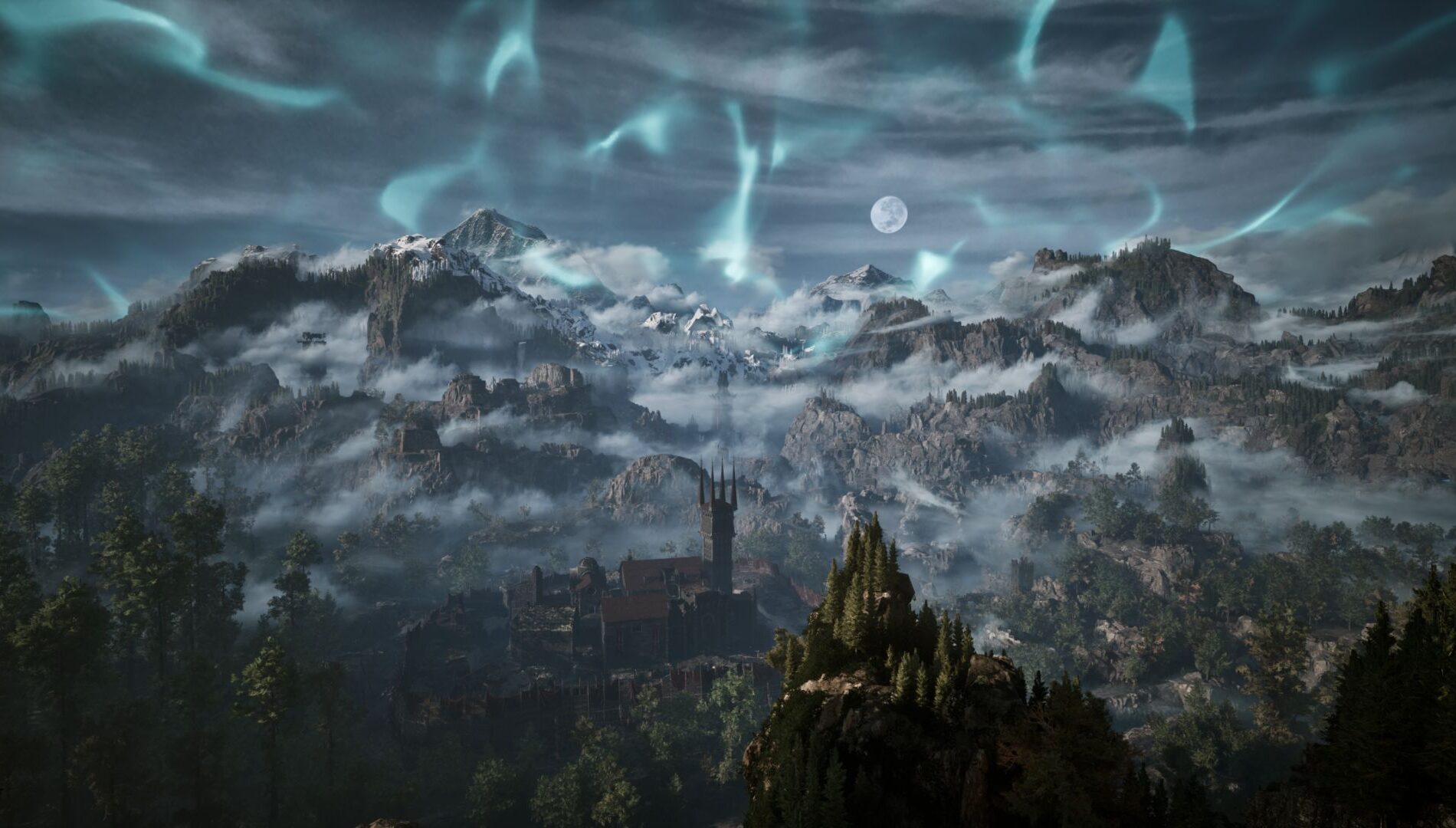
Starting today, gamers everywhere can return to the Valley of the Mines in the Gothic Remake demo. Dive into the Nyras Prologue to experience the thrill of entering the Colony for the very first time—without encountering any spoilers. Please note, this demo will not be included in the final game. Considered *the* pioneer RPG, this highly-anticipated remake is built for today’s most discerning RPG enthusiasts, including thoughtful expansions architected with Gothic veterans in mind. THQ Nordic will also release the Gothic Classics, 1, 2 and 3, for Xbox Series X|S in 2026.
New Eternal Life of Goldman Trailer Reveal
This all-new gameplay trailer reveals at least one life shattered by our protagonist Goldman. The vibrant yet dark platformer demands precision while encouraging exploration and a sense of discovery throughout the game world. Complex scenes and rich characters create The Eternal Life of Goldman’s layered story that is perfectly balanced with platform-style play.
First Look at Reanimal Gameplay
We showed an all-new reveal from Reanimal – the highly anticipated horror adventure from the creators of Little Nightmares I & II. The showcase gameplay trailer features a first look at new gameplay environments and characters, including new monsters and friends of the orphaned siblings. Their relentless journey to survive a hellish gamescape features a rich narrative, as well as online and couch co-op multiplayer.
New Tides of Tomorrow Gameplay Trailer
Hear directly from Tides of Tomorrow developer Digixart, the team behind Route 96, in a trailer that highlights the all-new asynchronous gameplay feature. Tides of Tomorrow combines rich story-telling and collaborative gameplay for a first-of-its-kind experience. The colorful, post-apocalyptic universe is in the player’s hands as decision-making will determine the fate of the game world and all its inhabitants.
Wreckfest 2 Arriving in 2026
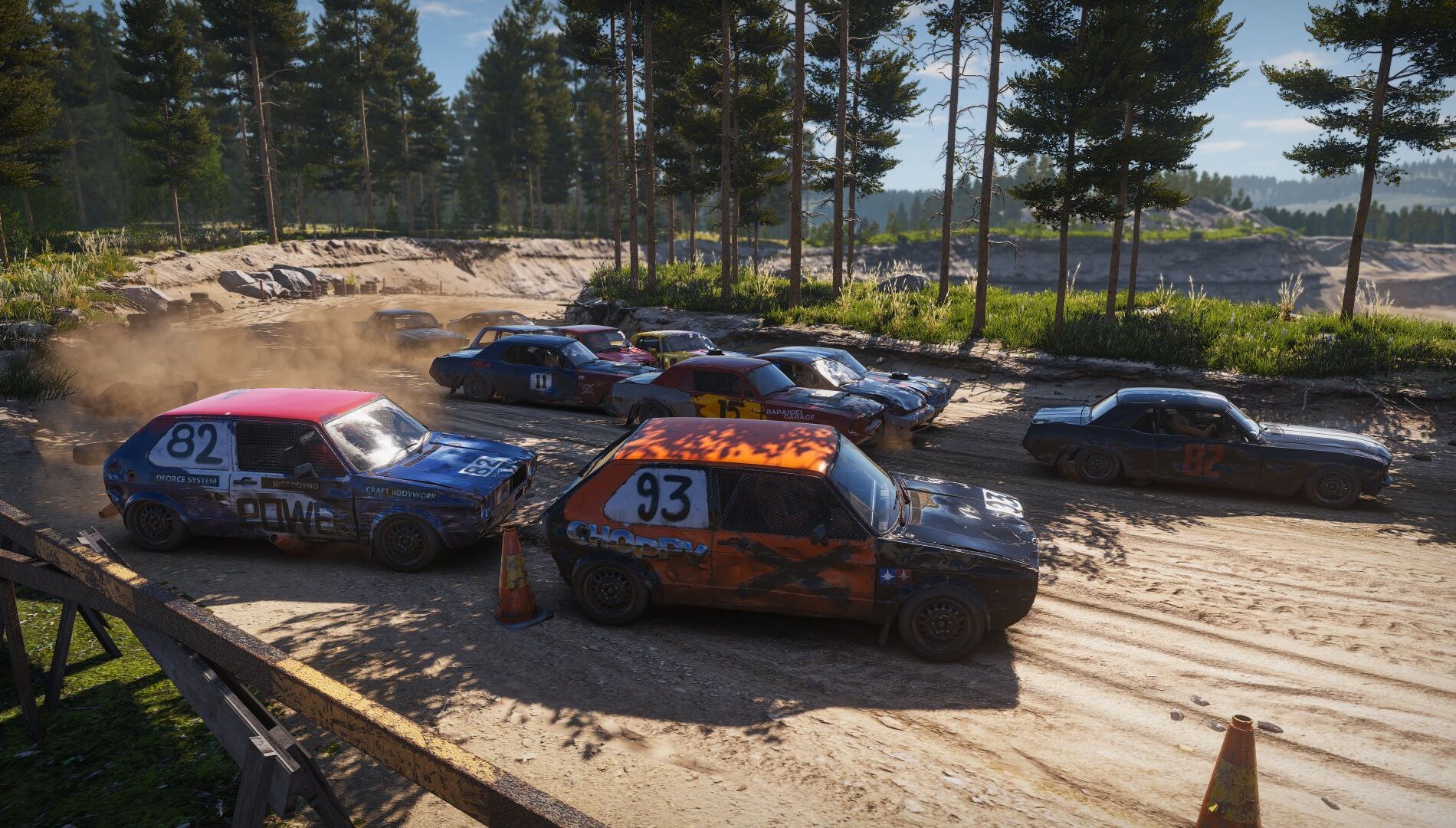
The high-octane, no-rules demolition derby and racing franchise is receiving a long-awaited sequel! Made famous for its realistic damage model and unique blend of arcade and simulation style, the Wreckfest franchise requires that every driver to drive hard or dive fast. Wreckfest 2 is racing to Xbox Series X|S in 2026.
Titan Quest II Coming in 2026
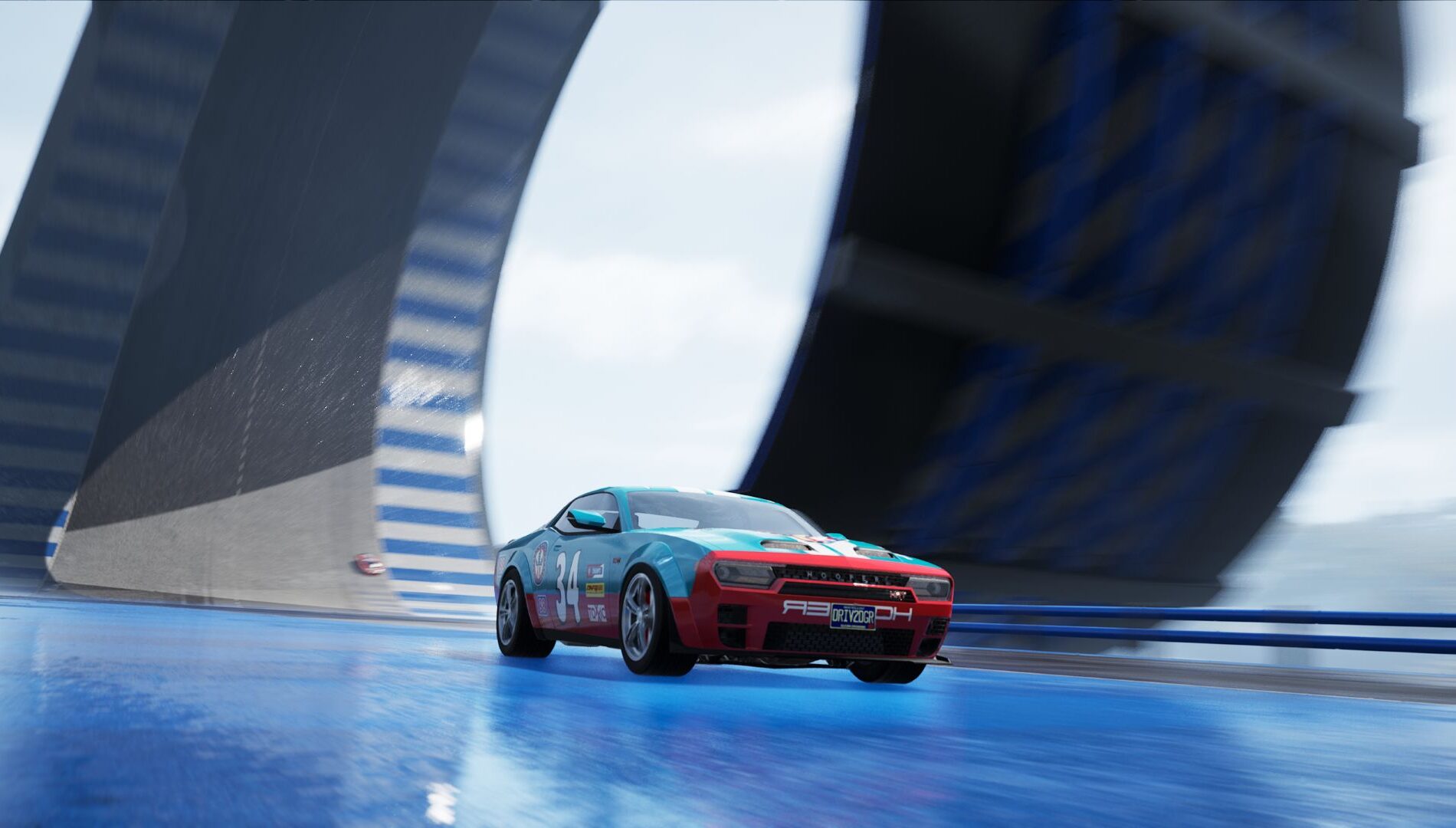
Titan Quest II expands upon the ARPG best known for combining hack-n-slash combat, loot-based progression, and deep character customization in a rich, mythological setting. With a class-less character system, players can choose two masteries from a variety of options and freely combine them to create their own hero inspired by ancient mythology. Explore the realms of ancient Greece, visit places where no mortal has ever ventured, and face legendary creatures—and even gods themselves. Titan Quest II promises an adventure worthy of its own myth, and it’s heading to Xbox Series X|S in 2026.
New Wreckreation Gameplay Trailer
The creators of Burnout have combined arcade racing with a toolbox full of customization options in a giant open world! Wreckreation players can choose from 60 different vehicles and use the Game DJ to change in-game parameters like music, vehicles, weather, time of day, traffic, and game world. And the best part? Players can instantly switch to the live mix building mode in real-time, constructing their own highways—complete with crazy jumps, loops, and hundreds of objects placed anywhere in the game world. Ever wanted to race your car over a dinosaur’s head? Wreckreation has got you covered! The new gameplay trailer shows off in-game racing and stunt challenges that can be created and shared with friends. Wreckreation is coming to Xbox Series X|S later this year.
We look very forward to seeing Xbox players at Gamescom at the end of the month. We’ll be offering hands-on with many of our upcoming releases including Reanimal and, of course, SpongeBob SquarePants: Titans of the Tide. Representatives from our development studios will be available for to share their personal insights on the games.
The post THQ Nordic Gets You in the Game at 2025 Digital Showcase appeared first on Xbox Wire.

